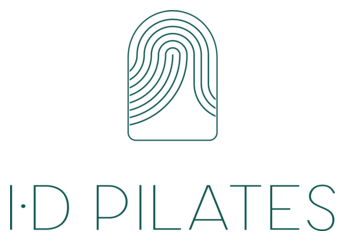As a dance teacher I see dancers injure themselves, complain of aches and pains, and  stress about their lack of flexibility, or upper body strength, or trouble balancing or any other “issue” from a list that every dancer keeps about their own dance performance. Unfortunately, dance training can lead to imbalances in muscular strength and flexibility and may not address the “issues” or causes of injury that many dancers suffer. For example, a student who needs help developing ankle strength to avoid sprains and strains may not get that extra training from a typical schedule of dance classes.
stress about their lack of flexibility, or upper body strength, or trouble balancing or any other “issue” from a list that every dancer keeps about their own dance performance. Unfortunately, dance training can lead to imbalances in muscular strength and flexibility and may not address the “issues” or causes of injury that many dancers suffer. For example, a student who needs help developing ankle strength to avoid sprains and strains may not get that extra training from a typical schedule of dance classes.
That’s where Pilates supplemental training can make a huge difference for dancers. Pilates provides core strength, increased flexibility, and most importantly a balanced musculature for injury prevention. But there’s more; dance can make a huge impact on dancers’ performance at all levels. Dance students and performers at all ages and levels can benefit from even just 1 hour of supplemental Pilates training per week. Here are five ways dancers can benefit from Pilates:
1. Toned, Strong Muscles without Bulk
Pilates supports the dance aesthetic by strengthening and toning muscles while also elongating and slimming them. The focus on the deep, intrinsic muscles of the body help to pull muscle into the bone, creating a slimmer frame but providing the strength and endurance a dancer needs each muscle to have.
2. Core Strength
There’s more to core strength than having flat abs. The holistic core strength-upper abs, lower abs, obliques, and back-that Pilates provides helps dancers with balance and so much more. Pilates offers core strength in the deep muscles below those famous “six pack” abdominals that allows the core to take over when the limbs want to move. This helps protect the back from injury and allows a quicker response time and movement efficiency. Dancers can move around with ease, go off-balance and find their center without having to think about it when they do Pilates training.
3. Flexibility BALANCED with Strength
Pilates gives dancers flexibility in a different way than standard stretching for dance classes. Dancers who do Pilates will gain more functional flexibility by performing dynamic movements that help lengthen and stretch muscles and create mobility in the joints. The flexibility gained from Pilates is also balanced by strengthening that does not shorten the muscles so flexibility is not sacrificed, yet the muscle stays strong to prevent injury.
4. Improved Joint Alignment
Because the balanced strength and flexibility, movement efficiency, and joint mobility that inherently result from Pilates, dancers benefit from improved alignment of the hip, knee, and ankle joint. This will improve balance and performance capabilities and vastly decrease the likelihood of injury.
5. Treatment of Injuries
If injury does occur, Pilates is an incredibly useful tool to speed recovery and help dancers stay “in shape” while they are rehabilitating. Pilates can treat lower back pain and injuries, plantar fascitis, tendonitis, muscle strains and sprains, and much more. Many dancers find Pilates when looking for a way to treat an injury and get hooked for life.
Contact Hayley if you are interested in private Pilates specifically for dance or a Pilates class for dancers.
 15 ounces white beans (drained)
15 ounces white beans (drained)

